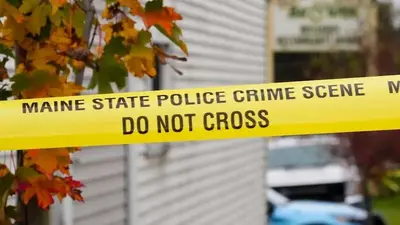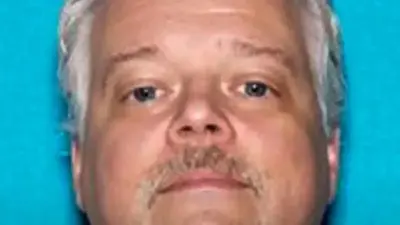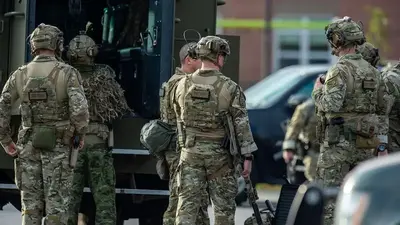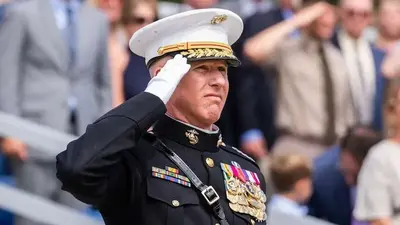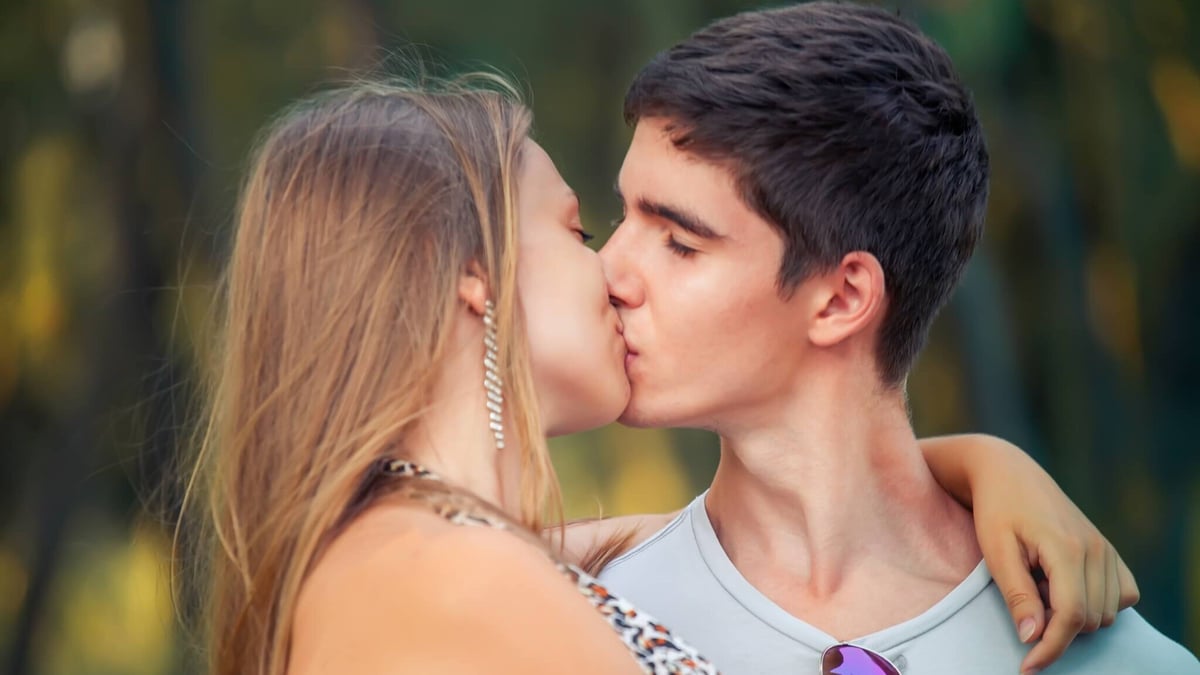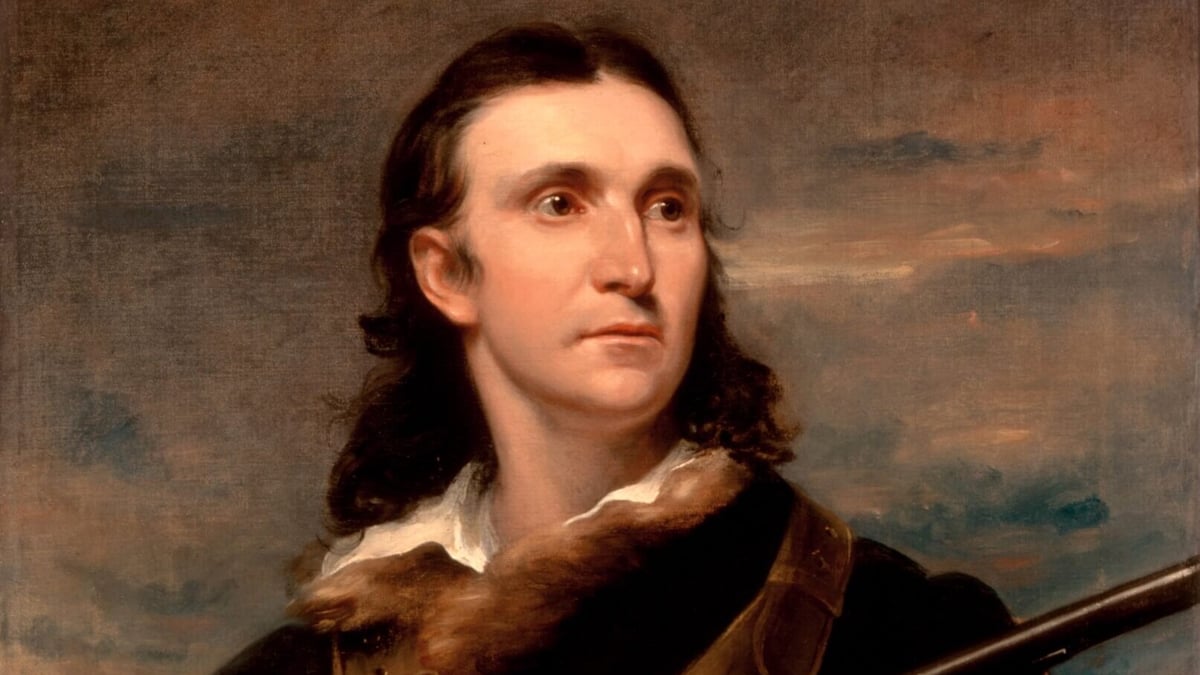US News
After mass shooting, Baltimore leaders slam police for inadequate response
BALTIMORE -- Nearly three hours before a mass shooting turned a south Baltimore neighborhood block party into a scene of terror and bloodshed, the city’s police department received a call about hundreds of partygoers armed with guns and knives — but on-duty officers decided no police services were required.
The decision contributed to a “catastrophic breakdown” in police communication and response during the hours leading up to the July 2 shooting, top city officials said at a city council hearing Thursday evening.
Baltimore’s troubled history with policing was thrust into the national spotlight years ago following the 2015 death of Freddie Gray in police custody. Since then, city leaders have focused on reforming the Baltimore Police Department and repairing public trust, especially within the Black community. Critics say this latest failure threatens to jeopardize recent progress.
Two people died and 28 others were wounded when gunshots tore through a large crowd filling the courtyard of the Brooklyn Homes public housing complex as the annual summertime celebration continued after nightfall. Most victims were teenagers and young adults. Officials said there were multiple shooters but haven’t provided an exact number. Police arrested one teenager accused of bringing a gun to the event, but he hasn’t been charged with shooting anyone.
In the immediate aftermath, residents and community leaders said the tragic outcome is yet another symptom of a condition the majority-Black south Baltimore community has been experiencing for generations: neglect. They questioned whether police would have responded differently if the incident unfolded in a more affluent area.
“If the answer is yes, the question is why,” City Council President Nick Mosby said during opening remarks.
Throughout the hours-long hearing, he repeatedly asked law enforcement leaders to acknowledge that police engagement varies based on ZIP code and socioeconomic status. Meanwhile the city’s rampant gun violence is heavily concentrated in its poorest neighborhoods.
“All citizens … in the city of Baltimore deserve the same level of service,” Mosby said.
Acting Police Commissioner Richard Worley, who assumed leadership of the department last month after his predecessor resigned, said the agency is conducting a comprehensive review to determine what went wrong the night of July 2.
He said higher-ups weren’t informed about the block party, even after reports of several hundred participants being potentially armed and disorderly. That call came in around 9:40 p.m., according to the department.
Another call about possible gunshots came about an hour later, Worley said. The department sent its helicopter to survey the scene and officers determined the sounds were actually fireworks. They did nothing to disperse the crowd, which had grown to several hundred people.
Deadly gunfire broke out around 12:30 a.m., scattering the group as victims ran for their lives and residents searched frantically for loved ones in the ensuing chaos.
In years past, the police department stationed officers at the annual Brooklyn Day event, but this year it slipped through the cracks, Worley said. During daylight hours, the party featured pony rides and other activities for children while adults grilled hamburgers, mixed drinks and socialized with old friends.
The Baltimore Police Department has been under a federal consent decree since 2017 because a U.S. Department of Justice investigation found a pattern of unconstitutional policing practices. Worley said the consent decree monitoring team, which helps oversee the court-ordered reform process, will be heavily involved in reviewing the shooting response.
He said Baltimore police leaders are consulting with their counterparts in other cities that have experienced high-profile mass shootings, including Las Vegas and Aurora, Colorado.
“We’re going to get to the bottom of it, find out what happened and fix it,” he said.
Residents and local leaders said they absolutely want accountability for any officers responsible, but the problems at hand extend far beyond the police department.
Brooklyn, which occupies the southwest corner of Baltimore bordering the Patapsco River, is often treated like an afterthought, residents said. East and west Baltimore — two historically under-resourced, majority-Black areas — often get more attention from city leaders and law enforcement, though Brooklyn faces many similar challenges. Gunfire is a frequent occurrence in the Brooklyn Homes complex, and residents often complain about drug dealing.
“It’s like an island,” said Donna Bruce, who lived in the complex until 2012.
Her adult son was visiting friends in January when he was shot and killed in the same courtyard where the recent mass shooting unfolded. Bruce traveled to Baltimore from her home in Pennsylvania to testify at Thursday’s council hearing.
“If you had been policing that community the way that you should … this would not have happened,” she told city leaders.
In an interview afterward, Bruce said she was 11 months old when her mother moved them into Brooklyn Homes because their previous Baltimore apartment was found to have dangerous lead levels. Like many other families struggling financially, they got stuck there even as conditions deteriorated, she said. Moving out was a feat.
The complex itself has a long and troubled history rooted in racial discrimination.
It was constructed during World War II to house white defense workers and their families, who poured into the largely industrial peninsula after a nearby Bethlehem Steel plant started building military cargo ships. Other subsidized developments housed Black workers as housing segregation persisted across Baltimore.
Even after city housing officials instituted a desegregation policy in 1954, Brooklyn Homes tenants succeeded in keeping out Black residents until over a decade later. Finally, facing fierce political pressure and a backlog of housing applications, officials integrated Brooklyn Homes and white residents reacted with vitriol.
The Ku Klux Klan and other white supremacist groups hosted rallies and burned crosses in the development, tormenting the first Black families who moved in, according to historian Rhonda Williams who writes about its history in her book “The Politics of Public Housing: Black Women’s Struggles against Urban Inequality.”
As the demographics started shifting in subsequent decades, Brooklyn Homes and other public housing developments suffered from growing disinvestment, becoming forgotten enclaves of mostly Black Baltimoreans, said Nicole King, an American studies professor at the University of Maryland, Baltimore County.
“The history is so relevant,” she said. “These people deserve to be seen and heard.”
Brooklyn Homes is now 93% minority residents, most of whom are living well below the poverty line, according to Housing and Urban Development data.
“It’s systemic,” said Rev. John Watts, whose church has been a longtime presence in Brooklyn. “This is what happens when you look down on people.”
Watts was passing out cold drinks, sweatshirts and more at a Brooklyn Homes community event Wednesday afternoon. Inside the development’s community center, volunteers had organized a children’s toy giveaway and city officials were connecting people with trauma counseling and other services.
Watts praised the city’s response to the shooting, saying residents are finally receiving much-needed support. But he questioned why it took a mass tragedy to have their voices heard.
-

 US News5h ago
US News5h agoTech CEOs Say Ethical A.I. and Innovation Are ‘Two Sides of the Same Coin’
-

 US News5h ago
US News5h agoAmanda Nguyen and Kelley Robinson Say Joy Is Crucial to Ensuring an Equal Future
-
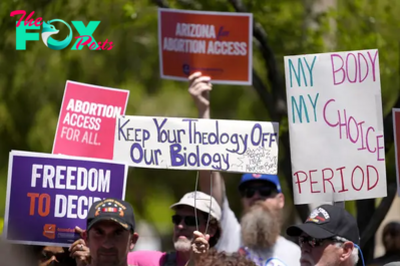
 US News12h ago
US News12h agoGovernor Newsom Wants to Let Arizona Doctors Provide Abortions in California
-
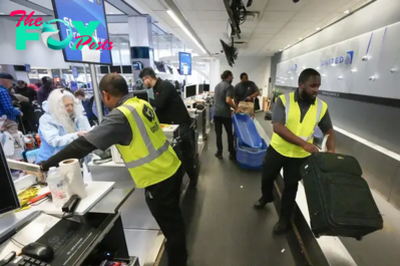
 US News12h ago
US News12h agoAirlines Will Now Have to Give Automatic Cash Refunds for Canceled and Delayed Flights
-

 US News18h ago
US News18h agoTesla Is in Panic Mode. Can Elon Musk Turn the Company Around?
-
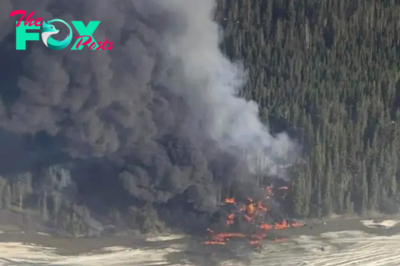
 US News18h ago
US News18h agoNo Survivors Found After Plane Crashes in Alaska River
-
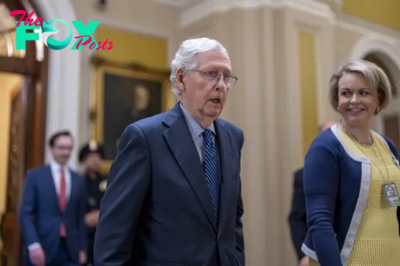
 US News1d ago
US News1d ago$95B Aid for Ukraine, Israel and Taiwan Advances in Senate With Big Bipartisan Vote
-

 US News1d ago
US News1d agoSupreme Court Appears Poised to Side With Starbucks in Labor Dispute Over Firing of Pro-Union Employees


